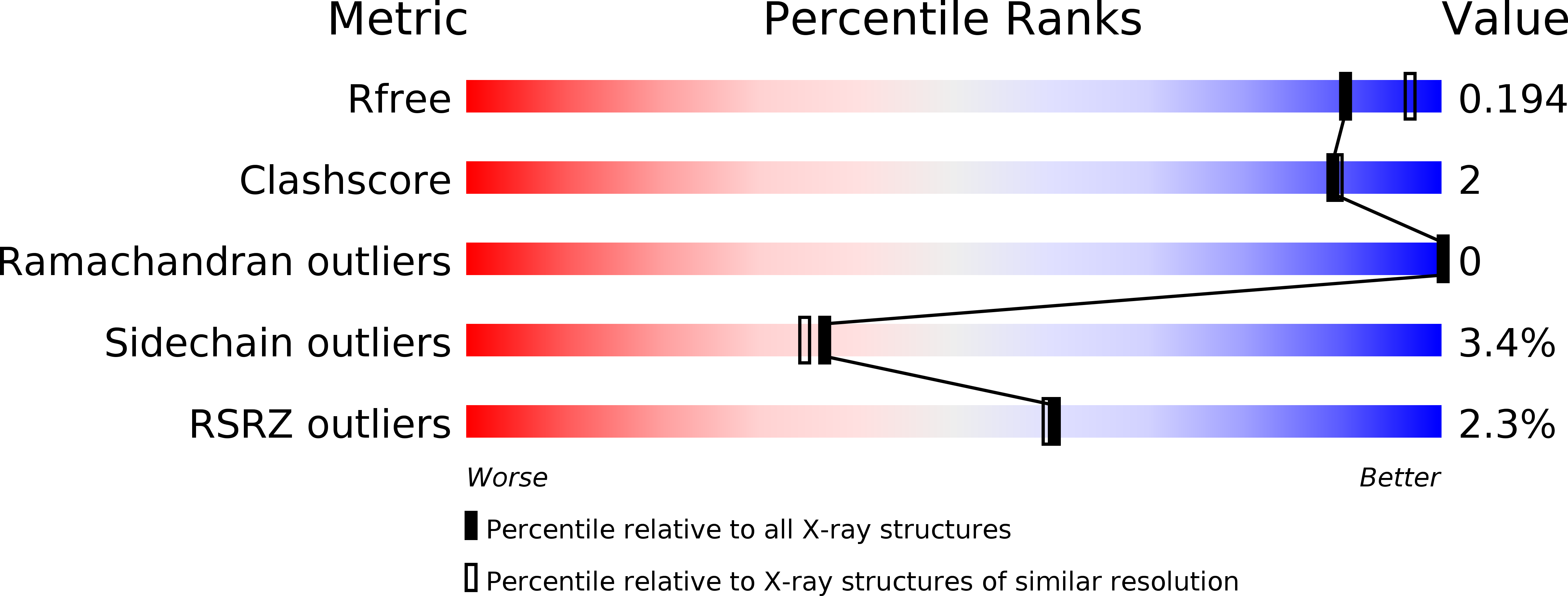
Deposition Date
2016-12-19
Release Date
2017-05-03
Last Version Date
2024-11-20
Entry Detail
PDB ID:
5WUK
Keywords:
Title:
Crystal structure of EED [G255D] in complex with EZH2 peptide and EED226 compound
Biological Source:
Source Organism:
Homo sapiens (Taxon ID: 9606)
Host Organism:
Method Details:
Experimental Method:
Resolution:
2.03 Å
R-Value Free:
0.19
R-Value Work:
0.16
R-Value Observed:
0.16
Space Group:
P 21 21 21


